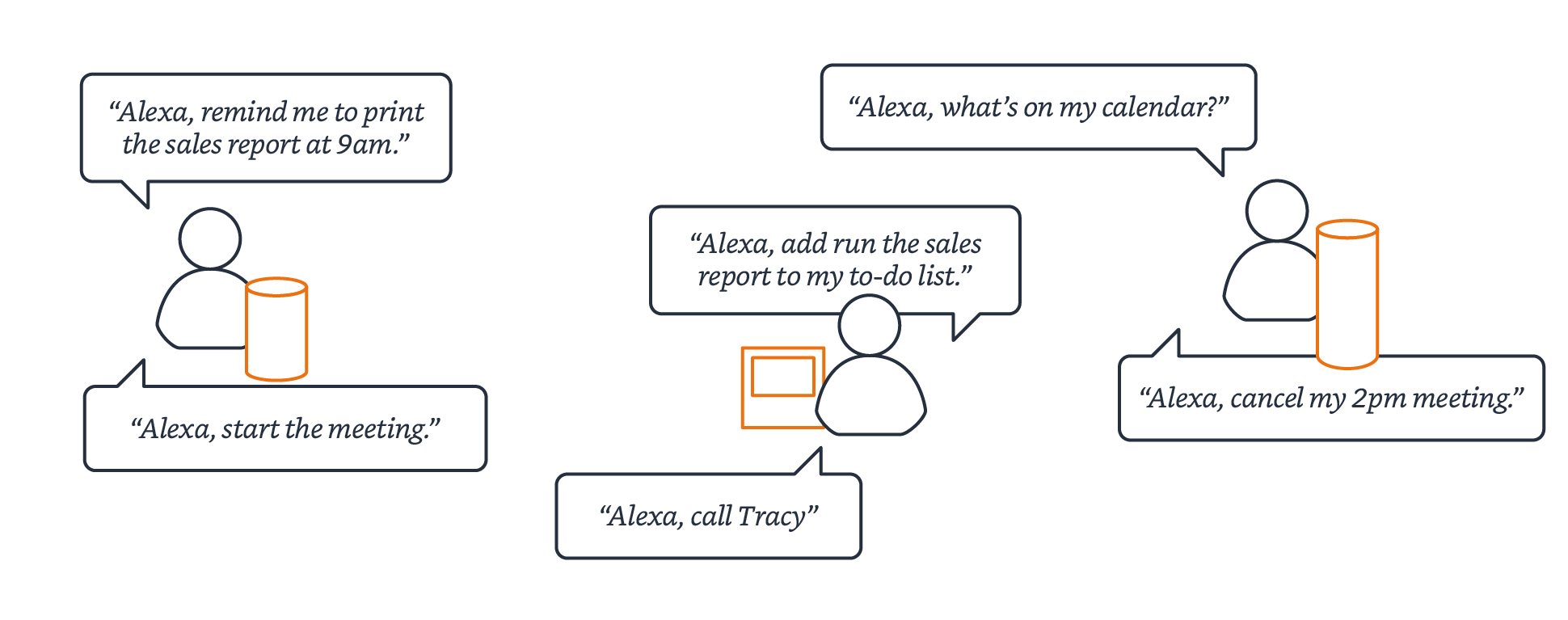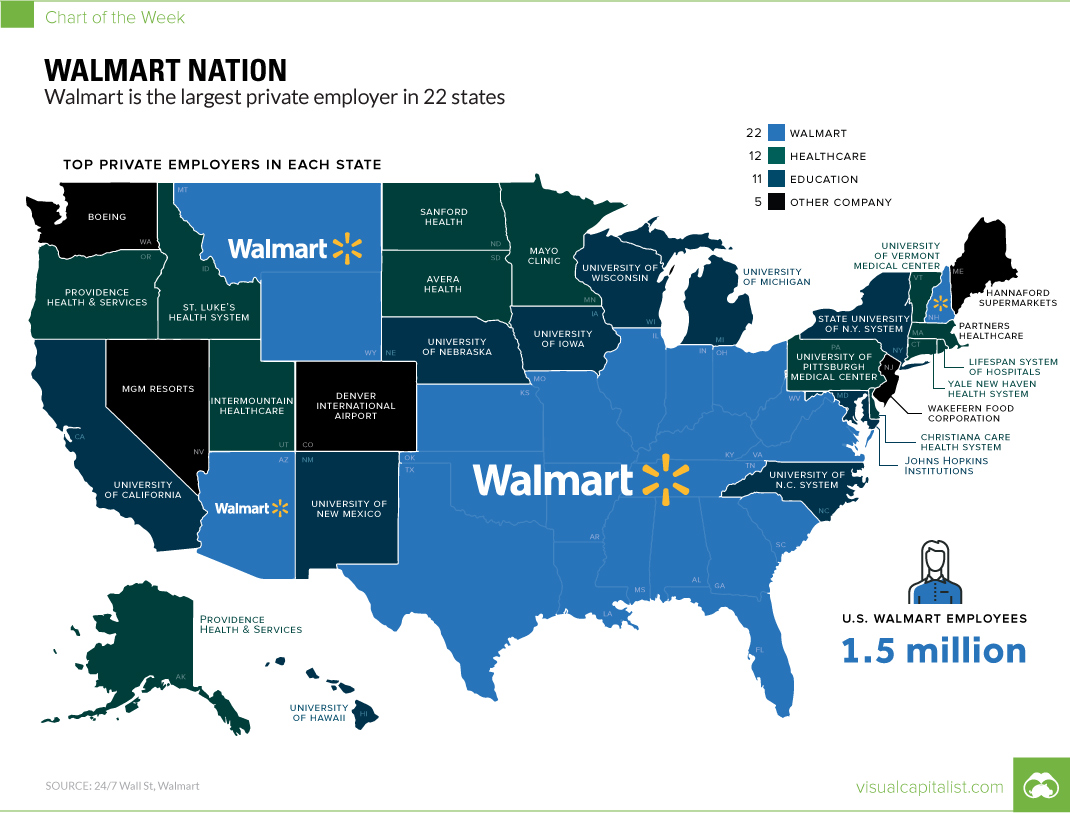Alexa, what do I need to get done today?
High, probably at the top of the list of 'Cool things I acquired in 2017 list' is the Amazon Echo, powered by Amazon's 'Alexa' platform.
I talk to Alexa every single day. In fact, I probably spent more time with Alexa than anyone else this year. I probably ought to think about what that means. Anyway, back to the point. The single feature I use and enjoy the most is the 'Flash Briefing' or short news and information update that can be configured to have Alexa (via a slew of independently created 'skills' or sources), to give me a tailored, personalized update of news, sports, weather, meetings, and other updates that are meaningful to me. I probably use this feature two or three times a day. I know, I am weird. But I have become so hooked and almost dependent on Alexa that I even bought a second Echo device for the second floor of my house, so that Alexa and I would never be too far apart. Wow, that is really weird. But (again) back to the point.
Last week Amazon announced the formal launch of the 'Alexa for Business' platform, that will enable organizations who place Alexa-enabled Echo devices in their offices, lobbies, and conference rooms to centrally administer these devices, provision user access to these devices, enable both public and private/custom skills to these devices, and finally, (and perhaps most interestingly), allow employees to access private/custom/proprietary skills on their personal Echo devices at home.
Think about walking into a conference room and simply stating 'Alexa, start the meeting' to have Alexa fire up the connected A/V in the room, call the conference bridge number, provide the authentication to the conference call provider, and send out a notification to everyone on the meeting invite that the call/meeting has started. Really cool, (especially if you are as sick as me as having to enter about 27 numbers and codes to kick off a conference call), and according to the early Alexa for Business release documentation, really easy to set up.
In addition to the meeting management stuff, Alexa for Business will be able to perform in a business/office setting the same kinds of tasks that millions of people are using Alexa for at home - controlling smart lights and equipment, getting Flash Briefings, setting reminders, managing To-Do lists, and even performing basic calendaring. I ask Alexa 'What's my next meeting? all the time.

These use cases are all pretty cool, and are easily translated to workplace contexts as they are all simple and pretty straightforward. But do not underestimate how cool it would be to have Alexa lay out your day, your meetings, and your important 'To-dos' in a simple summary at the start of the day.
But what is potentially more interesting is that Amazon has created a Skills developer kit and a set of APIs to enable solution providers, (like your HRIS provider), and individual organizations to create custom skills to enable Alexa-type access to things like sales reports, employee schedules, business travel itineraries, or even and update on the slate of candidates you have to interview for your open position on that day.
It is not at all a stretch to expect that very soon, some if not most of the major HCM solution providers will begin to offer at least some support for Alexa for Business skills, as (and this is just like we saw with smartphones and tablets), as more and more employees adopt and begin to use these devices at home, they will want to use them for work. And also 'at home / for work' if that makes sense.
If I were an HR/Talent pro thinking about or evaluating some new HR Tech tools I would definitely ask the providers that are vying for my business what/if any plans they have to incorporate Alexa, or voice UX more generally, into their technology and supported processes.
Because it is only a matter of time until your CEO or your Head of Sales comes to you to ask 'Why can't I do, (insert something they like/need to do here) on my Echo?'
Happy Monday. Have a great week!

 Steve
Steve




